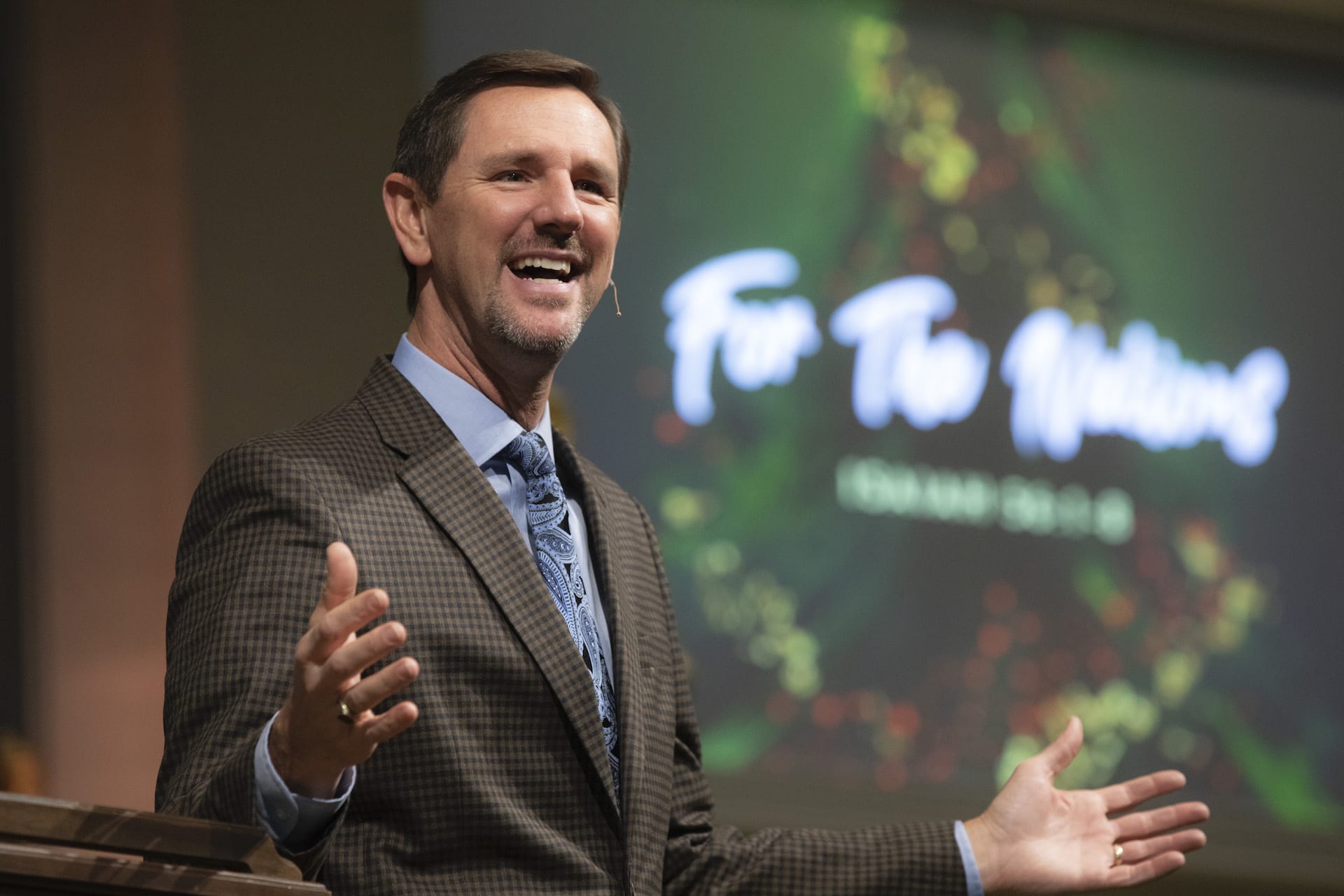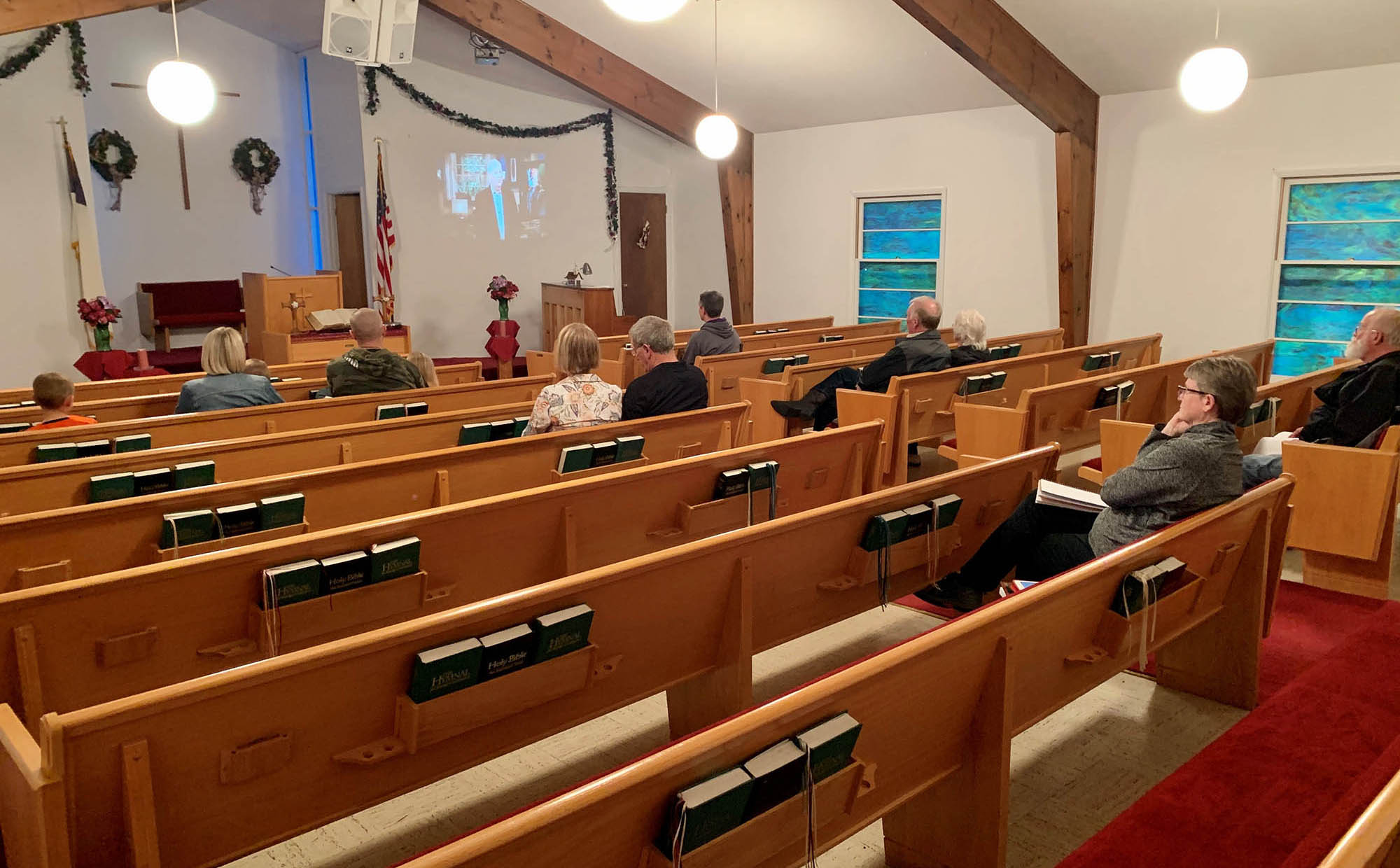The Southern Baptist Convention’s (SBC) Asian American Collective met again online Sept. 30 to hear from Kevin Ezell, president of the North American Mission Board (NAMB), about the challenges and triumphs in church planting.
Ezell spoke of a basic requirement in church planting: evangelism. He added that most church plants that have seen continual growth began with a heart to reach the lost and a vision of reproducing, even starting “with someone they know they’re going to send out.”
One way NAMB supports church plants is through a strategy that prioritizes making an impact on a city over growing attendance numbers, Ezell said.
“It may not be that everybody comes through my doors or sits in my pews … but I want to be a catalyst to see God do something in my city.”
Ezell gave an example of an Asian church planter, who was fluent in Spanish and felt called to serve a predominantly Hispanic community in Los Angeles, now seeing fruit in the ministry. Ezell encouraged pastors and leaders to look past what they may see as limited potential in others and be “very slow to look at your people and say, ‘He can never’ or ‘God would never’ … you never, never know.”
When asked about NAMB’s replant and revitalization initiatives, Ezell mentioned that there are millions of dollars worth of church facilities that are no longer used and become available every year, both in and outside the SBC. NAMB treats and funds replants outside of the southern United States as new church plants through the Send Network.
Ezell asked participants to use networks like the Asian American Collective to help connect churches that may be interested or in need of replant or revitalization efforts. While NAMB has the resources to help, they aren’t always aware of all the churches that need it, and many aren’t open to the options of replanting or revitalization “until they can’t pay the light bill, until they’re desperate.”
He encouraged second generation and Asian American congregations to consider “adopting” or “fostering” dormant churches. Growth comes more from seeking coaching and mentorship among leaders than raising funds for facility upgrades, he said.
“Look for churches you can come alongside … put your arm around them and help walk them to where they need to be.”
Generational tension
A.J. Camota, pastor of International Christian Fellowship in Suffern, N.Y., brought up the tension within monoethnic immigrant churches when it comes to reaching people of different cultures. Camota has seen in many Asian American churches a good desire from immigrant leaders to grow multiculturally but an expectation to retain second and third generation members.
Ezell, who earlier noted the diversity in age groups present on the Zoom call, encouraged leaders across generations to collaborate in finding strategies that would best reach their communities. Admitting that he spoke more from observation than experience, he instead asked to hear about what second generation leaders have seen and experienced themselves.
“Because particularly next-gen Asian Americans are so culturally adaptive, they [immigrant leaders] put a lot of hope in them making that bridge for them, but what we find is that not every next-gen member … is called to stay in the church that they’re growing up in,” Camota said.
Camota tied his experiences to what Ezell had stressed about churches’ roles in engaging their cities.
“We’ve seen how a lot of immigrant churches start with people coming from further away in order to meet with like people,” Camota said. “If we can see a transition from that to something incarnationally local – I think we’ve seen some successes with that.
“Once a church is established as an immigrant church, sometimes it takes more work and momentum to show a town that they’re not just that.”
Ezell reminded participants that they all can get involved with church planting in different ways. He encouraged them to pray for church planters, adopt a plant, participate in church plants’ outreach activities or mission trips, help provide resources, and to pursue mentorship through opportunities like the newly launched Next Step Leader, which helps pastors increase “leadership capacity for greater evangelistic impact.”
“It’s not about money,” he said. “It’s about helping your church get a heart and a vision for something outside of themselves.”


